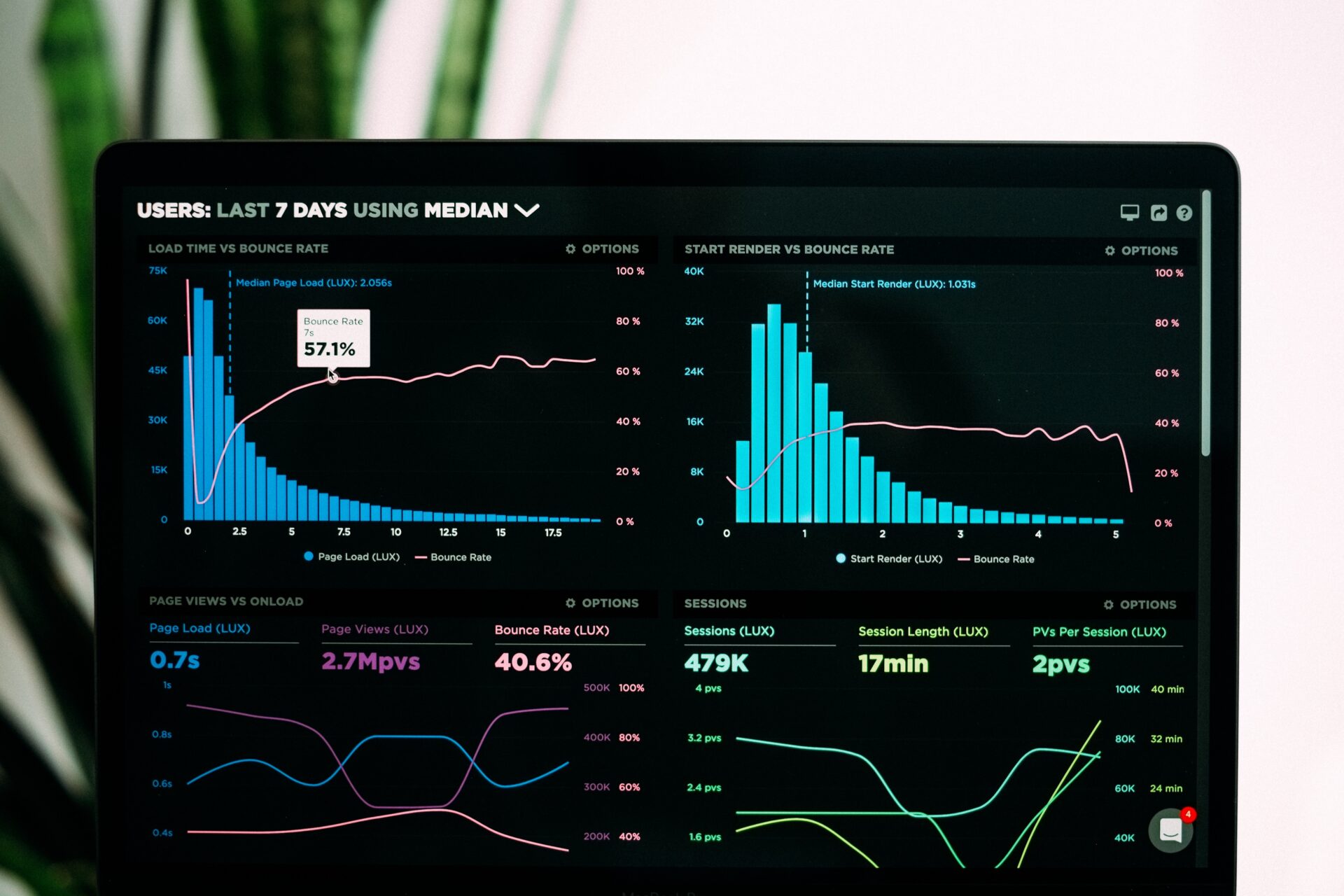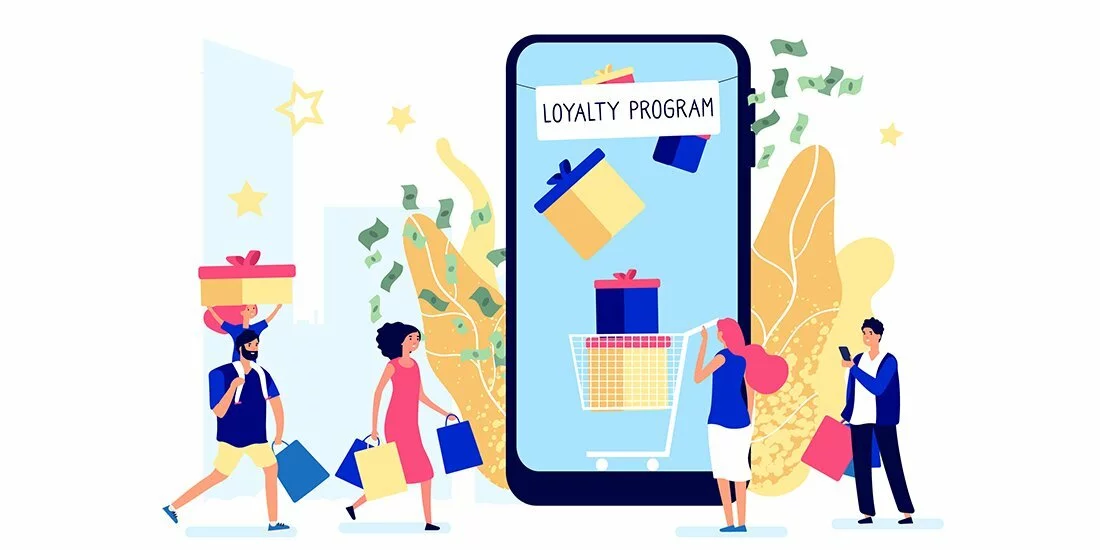[The Chinese version follows the English one. 中文版在底部]
In the last series, we discussed how to acquire and integrate online customer data, as well as the importance of O2O and OMO. We can see that even if you are running a physical business such as a retail store or restaurant, digital transformation is still needed.
Digital transformation refers to the practice of an enterprise or the government adopting digital technology such as data acquisition tools, mobile applications, or even the latest ChatGPT technology to digitize and optimize products, services, or operations. For example, as we have mentioned, a physical retail store may develop its own loyalty mobile application to extend customer journeys and bring a better shopping experience to them.
To transform your business digitally, you might have to put in more effort than before, but enhancing your customer engagement will bring you long-term benefit.
1. Precise, data-driven marketing insights
Thanks to digital MarTechs such as Google Analytics, cookies, and insight dashboard of different social media platforms, we can quickly obtain acquire quantified customer behavioral data. In the past, we could only observe customers’ actions in the physical store and predict the mind of the customers. But now, with tracking tools across the Internet, we can accurately obtain the browsing habits of the customers to know their interests.

2. Extend the availability of your business
Building a digital platform for your business may provide an anywhere, anytime shopping experience for your customers. For example, building a loyalty application with an online shopping function may let customers shop without going to the physical store. Apart from increasing your business opportunities, the app can also be treated as a platform to communicate with your customers.
3. Personalization
Without the help of digital tools, it is difficult to tailor-made products and services individually for your customers. With the help of data acquisition, digital transformation allows businesses to personalize customers’ shopping experiences in terms of advertisement, product design, or even physical service.

4. Market automation
As mentioned, we can learn about the interests of customers through data analytic tools. Based on the data we have collected, we may also arrange more tailor-made and suitable advertisements for our target audience. The latest marketing automation tools even allow us to automatically run various campaigns and help with ad generation, expanding the exposure of your brand and driving more customer engagement.
Read More: Why loyalty matters | McKinsey
The list goes on and on. Having these many benefits, we will focus on discussing how we can optimize the usage of data in the next article. If you want to learn more about the series, feel free to visit our site for more insights!
數碼轉型如何有助提升顧客參與?
在上一個系列中,我們討論了可以如何獲取和整合線上客戶資料,還有 O2O 和 OMO 的重要性。可見即使企業所經營的屬於線下實體業務 (如零售店或餐廳等),數碼轉型仍然是需要的。
數碼轉型是指企業或政府機構採用數碼化方式運作,如利用數據收集工具、流動應用程式、甚至是最新的 ChatGPT 技術等,來數碼化及優化其產品、服務、組織運作。如我們曾提過的例子:一家線下零售店開發自家會員 App,以延長客戶的購物過程,為他們帶來更好的消費體驗。
要落實進行數碼轉型,你可能需要比以往付出更多的努力。然而,它能提高顧客參與度,為企業帶來長遠好處。
1. 獲得精準、以數據驅動的營銷見解
多虧了 Google Analytics、cookies 和不同社交媒體的洞察後台(insights dashboard) 等各種行銷科技 (MarTechs) 的出現,我們可以快速獲取量化了的客戶行為數據。過去,我們只能透過觀察顧客在門店內的行為,來預測他們當時的想法;但現在,有了網上數據追蹤工具,我們可以準確地獲得客戶的瀏覽習慣,以瞭解他們的興趣和愛好。

2. 擴展業務機遇
構建數字平台可以幫助企業為客戶提供隨時、隨地的購物體驗。例如,建立一個具線上購物功能的會員 App 可以讓客戶在無需去實體店的情況下亦可即時購物。除了增加商機外,該應用程式還可以成為你與顧客之間溝通的平台。
3.個人化服務
在沒有數碼工具的幫助下,品牌很難為每客人量身定製個人化的產品和服務。通過數據採集 (data acquisition),數碼轉型讓商家能夠在廣告、產品設計,以至門店服務等各方面為顧客提供個性化的購物體驗。

4. 市場自動化
正如我們曾提到過,我們可以通過數據分析工具了解顧客的興趣。根據所收集到的資料,我們還能為目標顧客安排更多量身定制的推廣。最新的營銷自動化工具還能讓我們設定指令,由系統自動開展各種營銷及推廣活動,以至協助廣告製作,擴大品牌曝光,推動更多的客戶參與到營銷活動中。
閱讀更多: Why loyalty matters | McKinsey
還有更多好處不勝枚舉。好處這麼多,我們將在接下來的文章中重點討論如何最佳化使用這些資料。如果您想了解有關本系列的資訊,歡迎隨時造訪我們的網站以獲取更多觀點和見解!